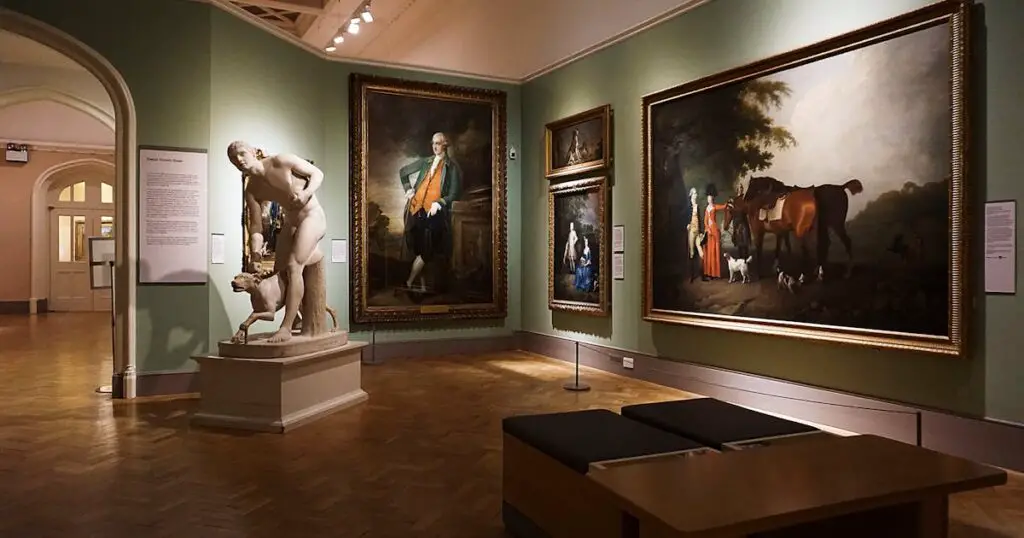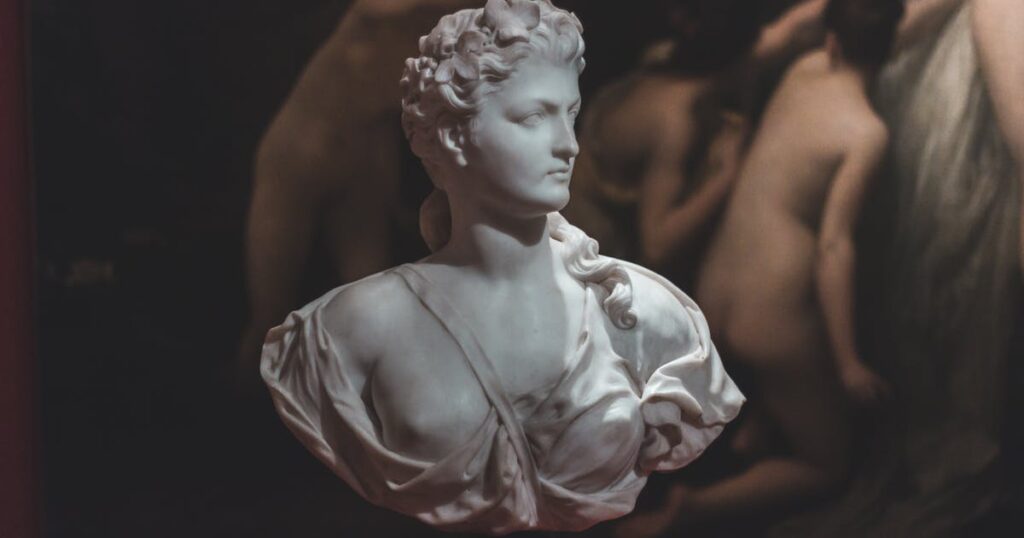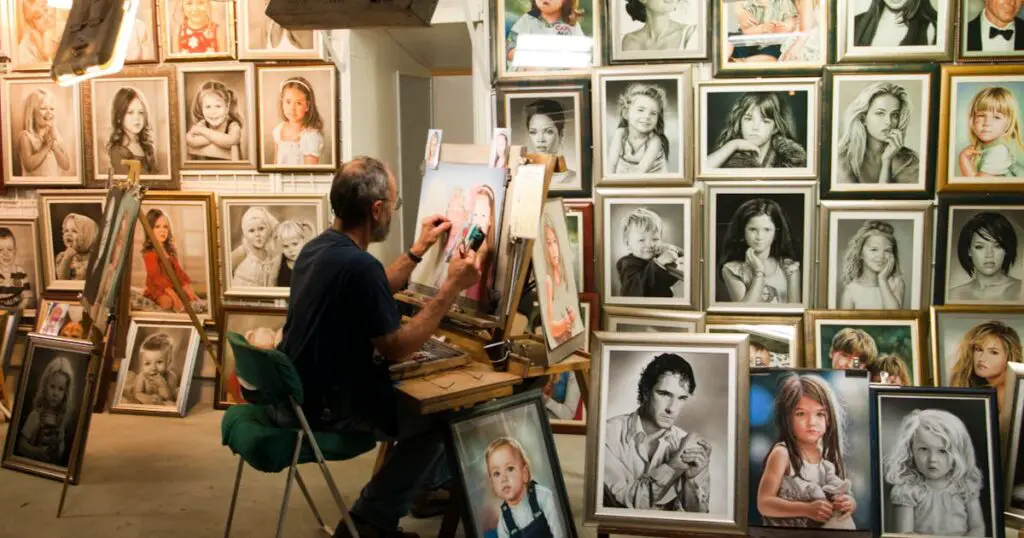key takeaway: A key takeaway from exploring the realm of art museums is the recognition of their profound impact on individuals and communities alike. Art museums are not just repositories of historical artifacts and art pieces but vibrant cultural hubs that offer a nurturing environment for creativity, education, and communal engagement.
They serve as gateways to understanding diverse cultures and histories, enriching our lives with beauty and knowledge. By fostering an appreciation for art, museums contribute significantly to societal wellness, making our communities more vibrant and connected. Whether you're a local resident or a cultural enthusiast, the art museum extends a warm invitation to explore, learn, and be inspired together.

An art museum is a cultural institution that showcases a collection of artworks, artifacts, and objects of artistic, historical, or cultural significance. They play a vital role in preserving and promoting our heritage and have become a staple in most cities around the world.
But beyond just being spaces for displaying art, museums also serve as community hubs where people can gather, learn, and engage with others. In this article, we will explore the importance of art museums, their various activities, and how they operate.
The Importance of Art Museums
Art museums hold a significant position in society as they preserve our cultural heritage for future generations. They provide a space for showcasing artistic achievements and allow people to experience art in a physical setting. This enables us to appreciate and learn about different cultures, traditions, and perspectives through art.
Moreover, art museums also serve as educational facilities that offer a range of programs and activities for people of all ages. They provide opportunities for learning and creativity through workshops, lectures, tours, and interactive exhibitions. These experiences not only enrich our understanding of art but also foster critical thinking, empathy, and curiosity.

Art museums also contribute to the economic growth of a community by attracting tourists, creating job opportunities, and generating revenue. They often collaborate with local businesses and organizations, further strengthening the ties between the museum and its surrounding community.
Museum Activities
Art museums offer a variety of activities that cater to diverse interests and age groups. From guided tours to interactive workshops, there is something for everyone to enjoy. Here are some of the activities you can expect in an art museum:
- Guided Tours: These tours are led by knowledgeable staff and provide a deeper insight into the artworks on display. They often include interesting anecdotes, historical context, and interactive elements.
- Workshops: Art museums offer hands-on workshops that allow participants to create their own art pieces inspired by the museum’s collection. These workshops are a fun and engaging way to learn new skills and express creativity.
- Lectures: Many museums host lectures or talks by experts, artists, and scholars that delve into different aspects of art. These events offer a chance to gain knowledge and engage in meaningful discussions.
- Family Programs: Museums also have programs specifically designed for families, such as storytelling sessions, art-making activities, and scavenger hunts. These programs encourage families to visit the museum together and make learning a fun family activity.
- Community Events: Art museums often organize community events like festivals, concerts, and film screenings that bring people together to celebrate different cultures and traditions.
Museum Structure and Operations
Art museums have a unique structure and operate differently from other institutions. They are typically divided into different departments responsible for specific tasks, such as collections management, curatorial work, education, and marketing.

The collections management department is in charge of acquiring, conserving, and cataloging artworks in the museum’s collection. This involves extensive research and collaboration with other museums to obtain pieces that complement their existing collection.
The curatorial department is responsible for creating exhibitions, developing educational programs, and conducting research on the artworks in the museum’s collection. They work closely with other departments to present cohesive and engaging exhibitions that cater to diverse audiences.
The education department designs and implements various programs and activities that promote learning and engagement with art. Their goal is to make the museum accessible to everyone, regardless of age or background.
Lastly, the marketing department plays a crucial role in promoting the museum and its activities. They use various platforms to reach out to the community and attract visitors, such as social media, newsletters, and collaborations with other organizations.
FAQs
In this section, we will be delving into some of the most common inquiries and curiosities that surround our topic.
How do art museums acquire their collections?
Museums often acquire new pieces through donations, purchases, or loans from other institutions or private collections.
How do art museums decide which artworks to display?
The curatorial team conducts extensive research and collaborates with other departments to create exhibitions that are meaningful and engaging for viewers.
Are all art museums the same?
No, different art museums have their own unique collection, focus, and approach to displaying artworks. Some may specialize in a particular era or art movement, while others may have a diverse collection from various cultures.
Conclusion: What is an Art Museum?
In conclusion, art museums are more than just buildings housing a collection of art; they are vibrant community centers that bring people together, celebrating creativity and culture. They ignite curiosity, foster empathy, and open our minds to the myriad expressions of human creativity across time and geography.
By offering a variety of activities and educational programs, they ensure that everyone, regardless of age or background, can find something to connect with. Their invaluable role in preserving our cultural heritage and contributing to the social and economic fabric of our communities cannot be overstated.



Leave a Comment
You must be logged in to post a comment.